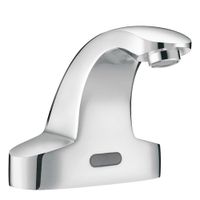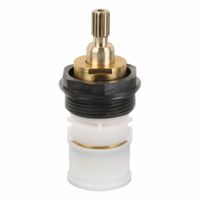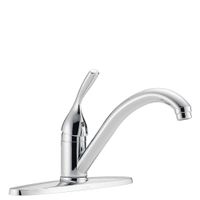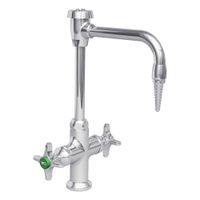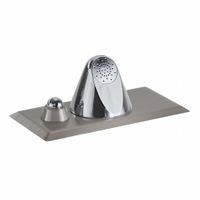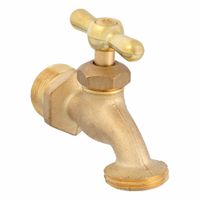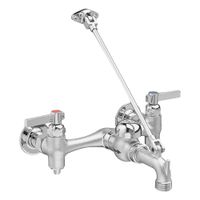Faucets
Faucets control water flow to sinks and include spouts and hardware for installation. Bathroom faucets install in commercial and residential bathrooms for handwashing and grooming tasks. Kitchen faucets install in areas where food is handled or prepared and provide running water for dishwashing, coo .....Read More
Frequently Asked Questions
What are the different types of faucets and their uses?
How do I choose the right faucet for my kitchen or bathroom?
What are the best brands for durable and reliable faucets?
How do I install a new faucet?
What are the common problems with faucets and how can they be fixed?
How do I maintain and clean my faucet to ensure longevity?
What is the difference between single-handle and double-handle faucets?
How do I replace a faucet cartridge or other parts?
What are ligature-resistant faucets and where are they used?
How do I increase water flow in a low-pressure faucet?
